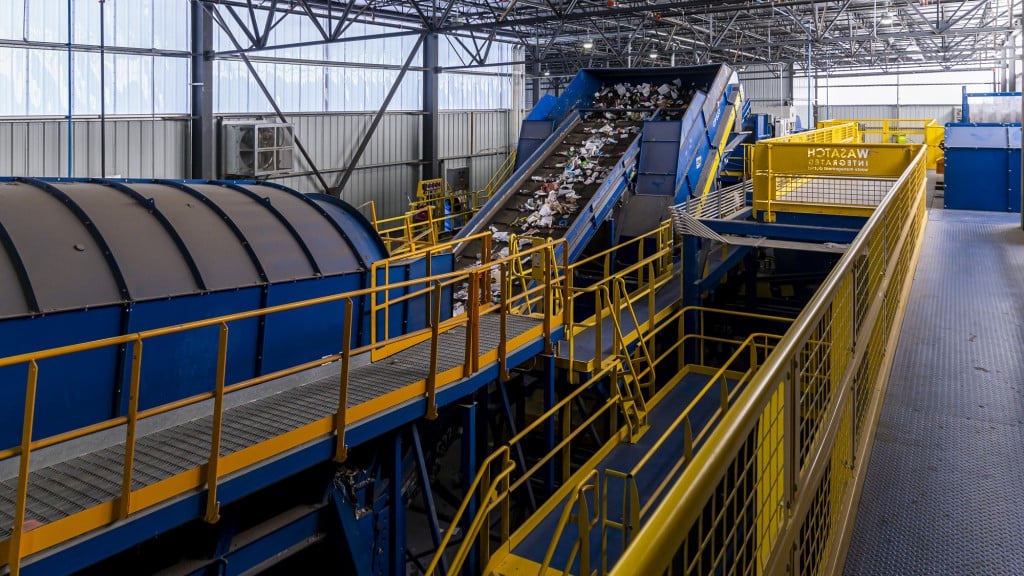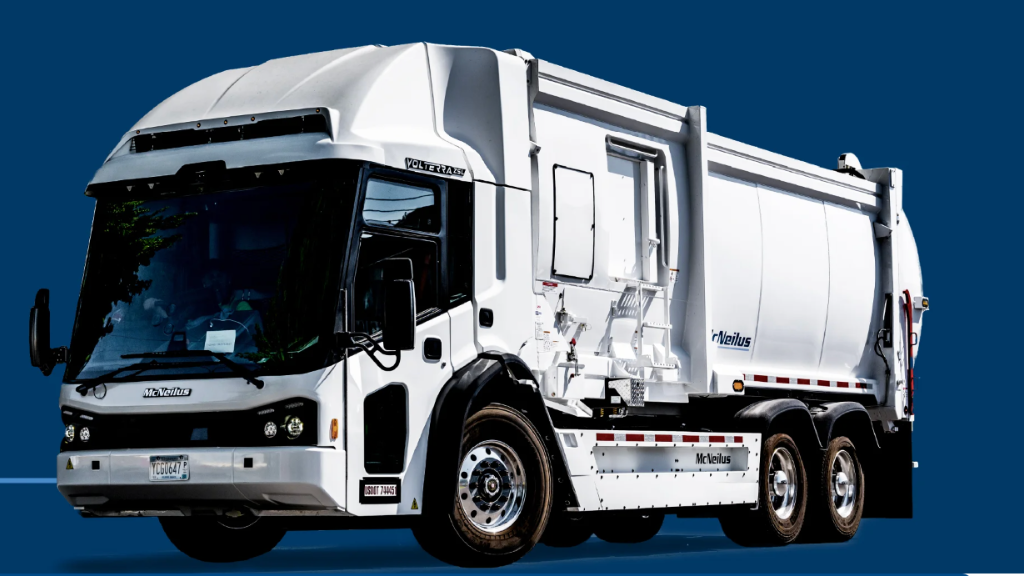Upgraded Wasatch MRF using CP sorting technology processing mixed MSW and single-stream on the same line
New facility capable of handling 40 tons per hour MSW or 15 tons per hour single-stream commingled materials

Wasatch Integrated Waste Management District partnered with CP Group to undergo a large upgrade at their municipal solid waste facility in Layton, Utah. The new facility serves Davis and Morgan Counties, and is expected to process up to 40 tons/hour of MSW, or 15 tons/hour of commingled single-stream materials.
The opening of the new facility marks three years of planning, engineering, and construction by Wasatch. The new $25 million project is located at the former site of the Davis Energy Recovery Facility, a 420 ton per day municipal waste combustor, which was closed after 30 years of operation in May 2017. The construction on the new facility began in October 2019 and commercial operation began in June of 2020.
In late 2018, Wasatch put out an RFP for the turnkey construction and installation of a mixed waste processing facility with the flexibility to process multiple waste streams on a single line. Another major goal of Wasatch was to recover recyclable commodities, organic feedstock for anerobic digestion, and an engineered fuel.
The new facility is capable of processing 40 tons per hour of municipal solid waste or 15 tons per hour of single stream comingled recyclables. Through system design flexibility, Wasatch is able to process both material streams on the same line.
OCC, OMP, PET, HDPE, AL, steel, and fines are recovered. Non-recyclable plastics and mixed paper are combined to create an engineered fuel, which can be used by industrial sources to offset the use of coal. Organics (fines) are recovered for potential use as a feedstock for anaerobic digestion.
"In considering the future of solid waste management, we wanted to build a platform that could disassemble municipal solid waste and allow us to begin recovering resources from that material before shipping it 100 miles to be buried in a landfill. We have achieved that and plan to continue developing markets for recovered materials," said Nathan Rich, Wasatch's Executive Director.
Wasatch's MRF is unique in its flexibility producing engineered fuel, or Refuse Derived Fuel (RDF). Multiple locations in the system process can recover RDF depending on material feed composition and the requirements of the RDF customer. The container last chance line and/or the 9" overs fractions at post-sort negatively or positively recovers RDF materials. Two of the three MSS optical sorters can also recover RDF. The optical sorters play a particularly important role as they can be set to eject on various blends of plastics and/or fibers to create the desired fuel product from both the fiber line and/or the container line. They do all of this while preventing PVC from entering RDF material stream.
The system features a new CP Trommel with bag opening knives and anti-wrapping 3D holes, a 160" wide CPScreen, a MSS FiberMax optical sorter, two MSS PlasticMax optical sorters, two over-belt magnets, a drum magnet, an eddy current separator, and a baler, as well as new conveyors and platforms. Part of the scope of work within the RFP was to reuse certain existing equipment. CP integrated the existing infeed system that included a presort platform, multiple conveyors, and a fines trommel into the new system.
A new controls system was integrated as well as a CP SCADA package. This tracks throughput, black belt, burden depth, run time, downtime and production. The MRF controls system has preset modes that allow the operator to toggle the motor speeds and screen settings from single stream mode to MSW mode with the push of a button.
Other features of the CP controls allow the operator to change the direction of some material streams to either fuel production or residual, based upon demand. As the RDF and organics trailers are reaching capacity, the operator is notified so that they may switch the reversing conveyors to feed the secondary trailers when necessary. The operator is also notified when the bunkers are reaching capacity so they can be prepared to bale that particular commodity. All of these capabilities make for a MRF that helps the operator maintain production in an efficient and consistent manner.



